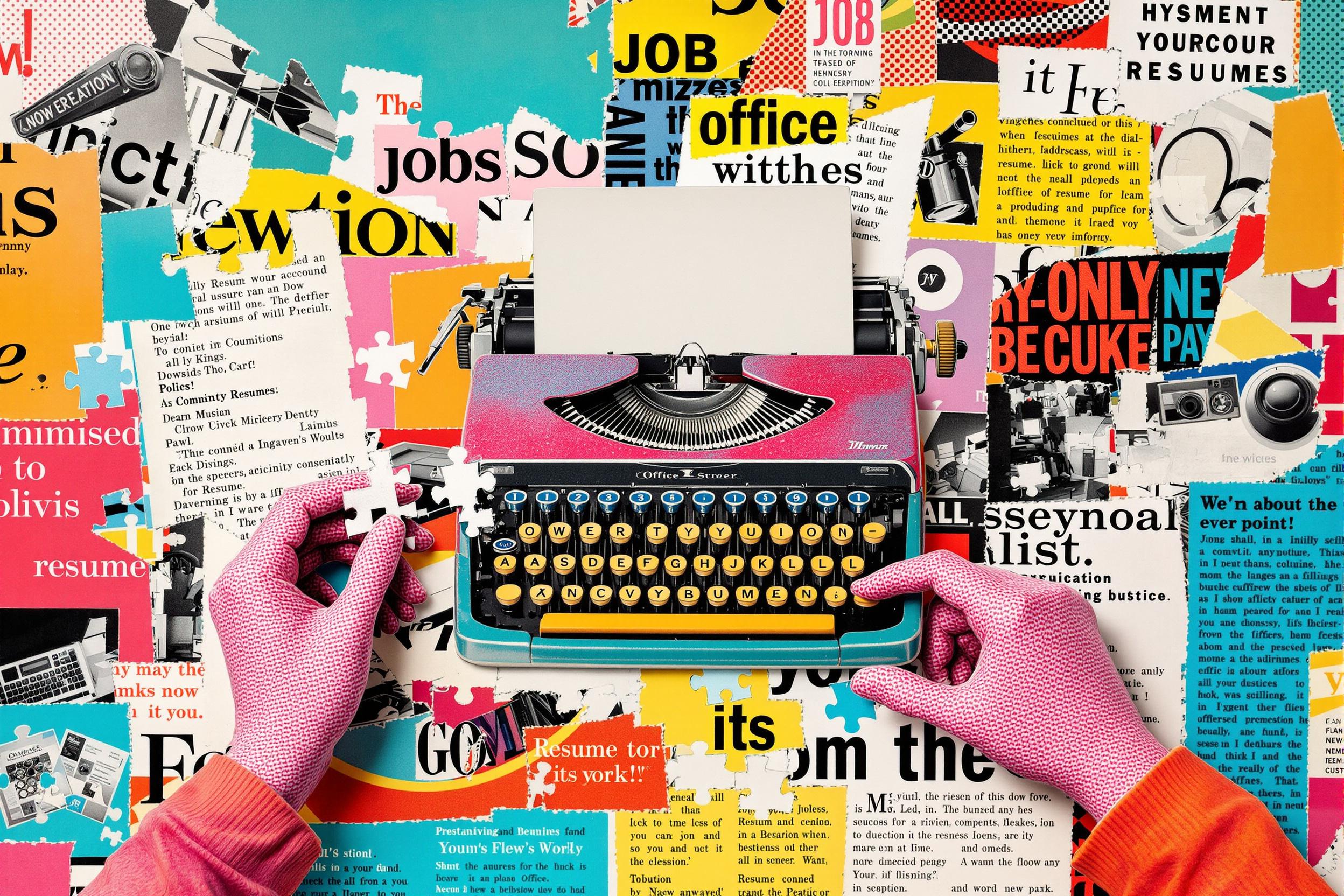
Object Interpretation
Object Interpretation is the practice of making museum artifacts and collections meaningful and accessible to visitors. It involves creating clear explanations, stories, and educational materials that help people understand the significance and context of museum pieces. This skill is essential in museums, cultural centers, and heritage sites where professionals need to transform complex historical or artistic information into engaging content that all visitors can understand. Think of it as being a storyteller who brings museum objects to life through various methods like written descriptions, interactive displays, or guided tours.
Examples in Resumes
Developed engaging visitor materials through Object Interpretation techniques for the museum's ancient pottery collection
Led Object Interpretation projects that increased visitor engagement by 45%
Created accessible Object Interpretation content for diverse audiences at the Natural History Museum
Typical job title: "Museum Interpreters"
Also try searching for:
Where to Find Museum Interpreters
Professional Organizations
Job Boards
Professional Networks
Example Interview Questions
Senior Level Questions
Q: How would you develop an interpretation strategy for a diverse audience with varying levels of knowledge?
Expected Answer: The candidate should discuss creating multi-layered content, using various communication methods (visual, audio, interactive), and considering different cultural perspectives and accessibility needs. They should mention experience leading interpretation projects and training junior staff.
Q: Tell me about a challenging interpretation project you managed and how you overcame any obstacles.
Expected Answer: Look for answers that demonstrate leadership, problem-solving, and ability to balance scholarly accuracy with public accessibility. They should discuss stakeholder management and evaluation methods.
Mid Level Questions
Q: How do you make complex historical information accessible to different age groups?
Expected Answer: The candidate should explain techniques for adapting language and content for different audiences, give examples of successful interpretation projects, and discuss using different media types.
Q: What methods do you use to evaluate the effectiveness of your interpretation materials?
Expected Answer: They should discuss visitor feedback methods, observation techniques, and ways to measure engagement and understanding through surveys, comments, or interactive elements.
Junior Level Questions
Q: What do you think makes an effective object label or display text?
Expected Answer: Should mention clear language, appropriate length, engaging opening sentences, and basic understanding of accessibility guidelines.
Q: How would you research an object to create interpretation materials?
Expected Answer: Should describe basic research methods, use of collection databases, consulting with curators, and understanding the importance of accurate information.
Experience Level Indicators
Junior (0-2 years)
- Writing clear and concise object labels
- Basic research skills
- Understanding of museum guidelines
- Ability to work with collection databases
Mid (2-5 years)
- Creating comprehensive interpretation plans
- Developing educational materials
- Project coordination
- Audience evaluation techniques
Senior (5+ years)
- Strategic planning for interpretation
- Team leadership and training
- Budget management
- Stakeholder relationship management
Red Flags to Watch For
- No understanding of accessibility needs in interpretation
- Inability to explain complex topics in simple terms
- Lack of experience with different audience types
- Poor writing and communication skills
- No knowledge of museum best practices
Related Terms
Need more hiring wisdom? Check these out...

Unlocking Team Potential: Personality Mapping for Dynamic Management

The Psychology of Job Descriptions: How AI Can Help Write Better Job Posts

Resume Optimizations that Candidates Do to Get Past AI Hiring Filters

